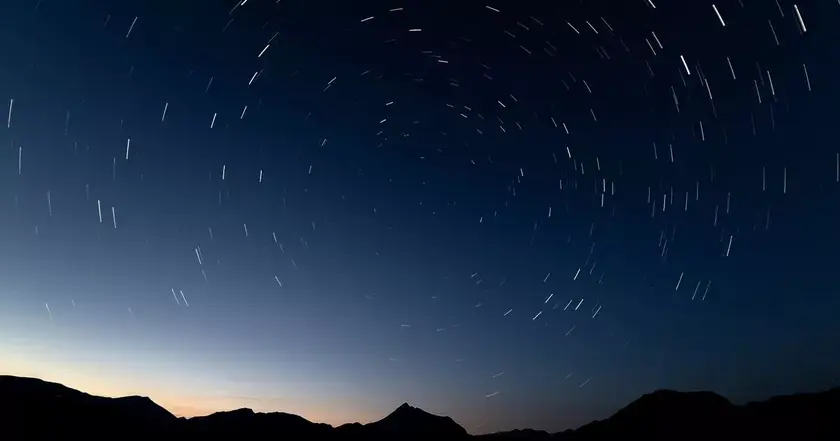T4K3.news
Perseid meteor shower peaks with bright planets visible
The Perseids peak on Tuesday as Venus and Jupiter glow in the eastern sky, while a bright Moon dims fainter meteors.
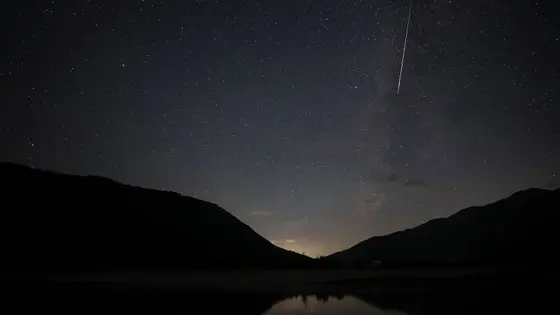
The Perseids reach their peak this week as Venus and Jupiter glow nearby, while a bright Moon reduces meteor visibility.
Perseid meteor shower peaks with bright planets in dawn sky
The Perseid meteor shower reaches its peak on Tuesday, with the display most visible after dusk. The Moon’s bright illumination, about 85 percent, will wash out many meteors, so observers may see around 10 to 20 meteors per hour instead of the usual 40 to 50. Meteors originate from the constellation Perseus and travel in all directions across the northern sky. Two viewing windows offer the best odds: after dusk before the Moon rises, and again in the hours before dawn on Wednesday. Those early shows include Earth grazers, meteors that skim the upper atmosphere and last longer than typical Perseids. In addition to the meteor show, Venus and Jupiter will be bright in the eastern sky near dawn, adding a planetary display to the night. Saturn will rise near the Moon late in the evening, providing another celestial beacon for skywatchers.
Key Takeaways
"Between dusk and moonrise on the evening of August 12, there’s a one-hour gap before the moon rises."
Lunsford outlines the prime viewing window.
"Any meteors you do see at that time are going to be called Earth grazers because they can just graze the upper atmosphere."
Lunsford explains a unique meteor type during the window.
"These are the two brightest planets."
Lunsford comments on Venus and Jupiter during the event.
"This conjunction happens about once a year, but it’s still spectacular when you get the two brightest planets really close to each other."
Lunsford emphasizes the planetary pairing as a sight to behold.
This event underscores how natural phenomena challenge public expectations. Moonlight can blunt even the most dazzling meteor showers, making precise timing and location crucial for observers. The scientists’ guidance about two viewing windows highlights how science communication must adapt to lighting conditions while still inviting wonder. The planetary alignment adds an accessible hook for non-astronomers, showing how science and spectacle can cooperate to engage a broad audience. The result is a reminder that observing the universe is as much about patience and preparation as it is about luck.
Highlights
- Between dusk and moonrise on the evening of August 12, there’s a one hour gap before the moon rises.
- Any meteors you do see at that time are going to be called Earth grazers because they can just graze the upper atmosphere.
- These are the two brightest planets.
- This conjunction happens about once a year, but it’s still spectacular when you get the two brightest planets really close to each other.
The night sky invites curiosity and patience rather than guarantees.
Enjoyed this? Let your friends know!
Related News
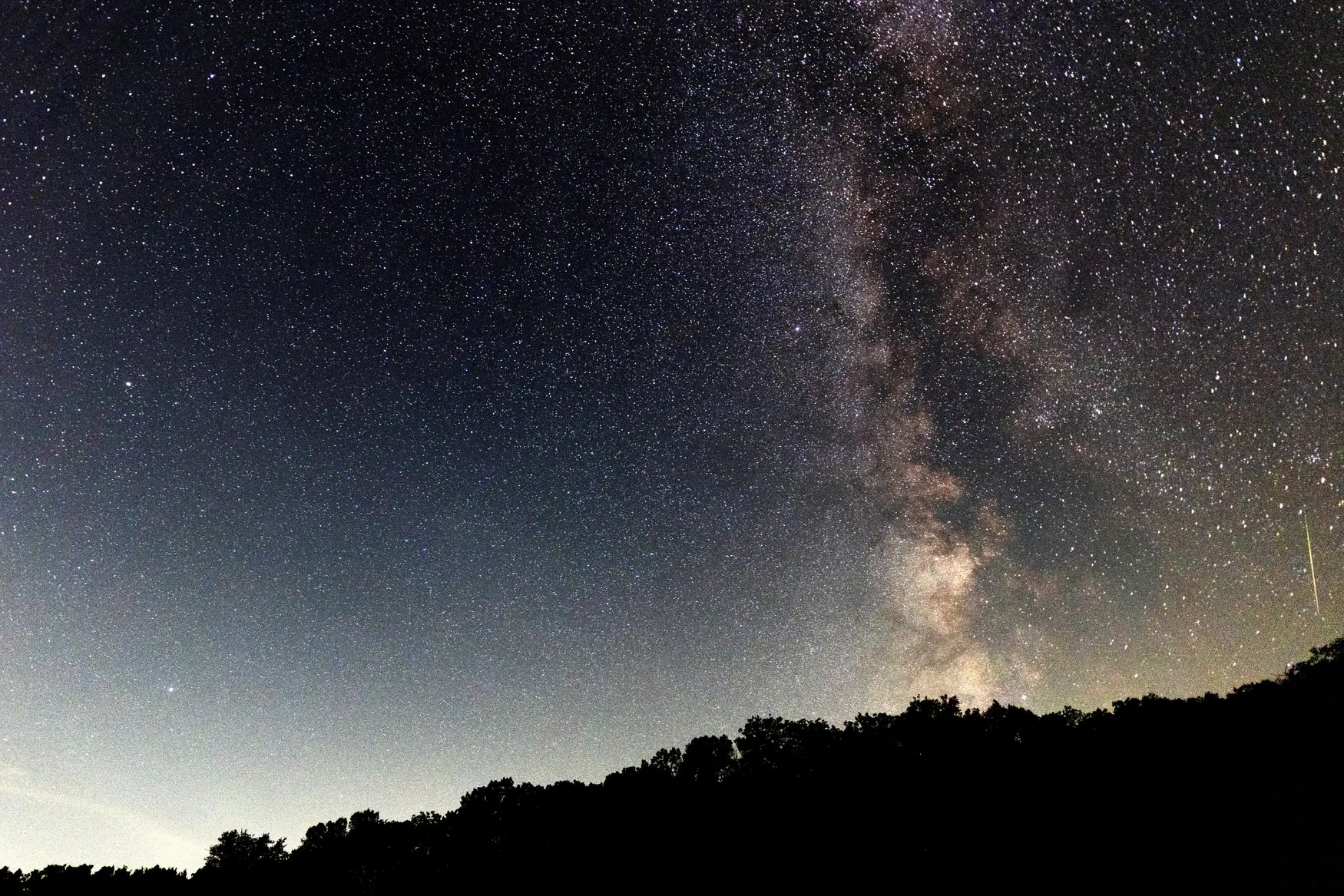
Perseid Shower Peaks Tonight

Sturgeon Moon and Perseids visible together in UK
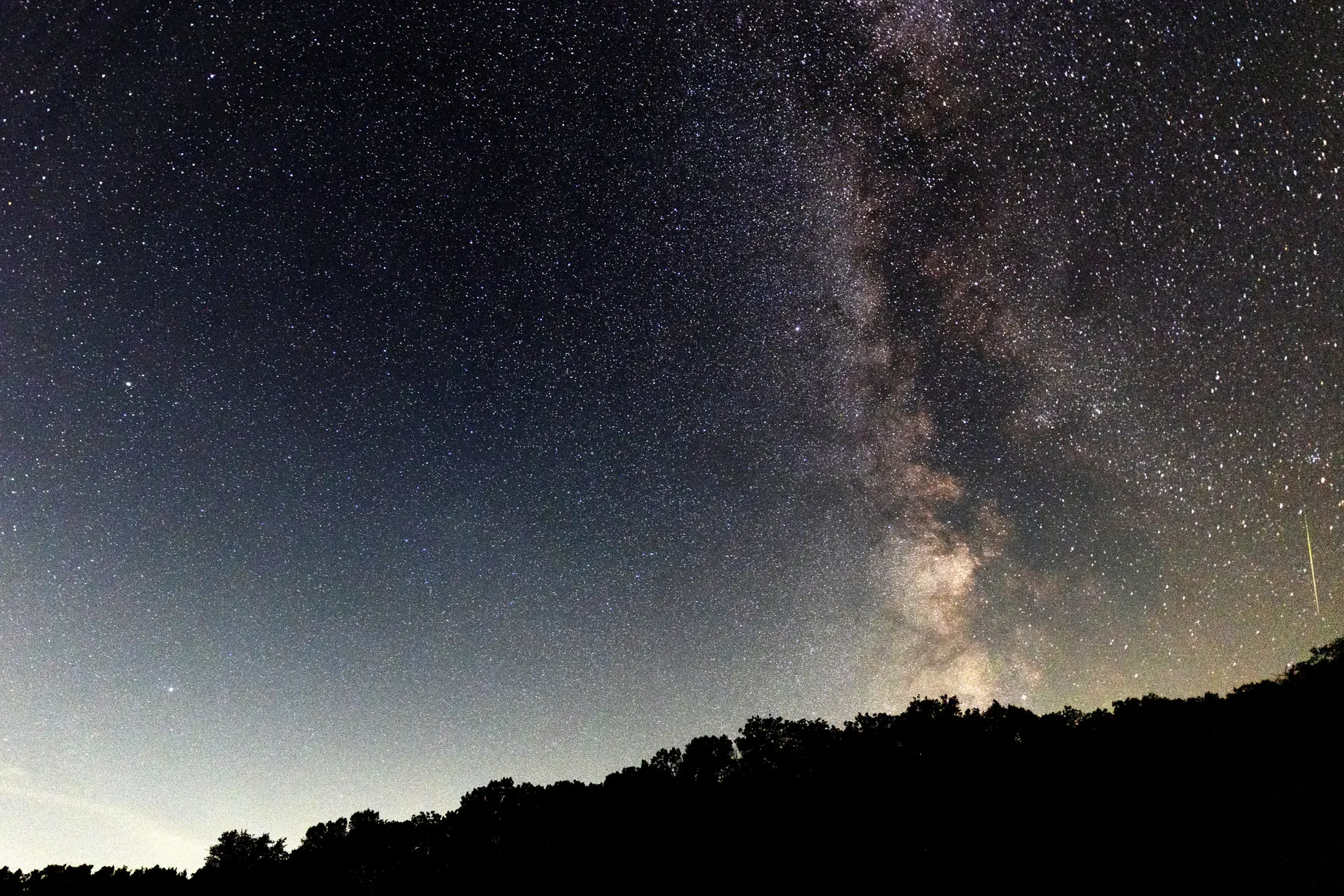
Perseids Peak With Live Viewing
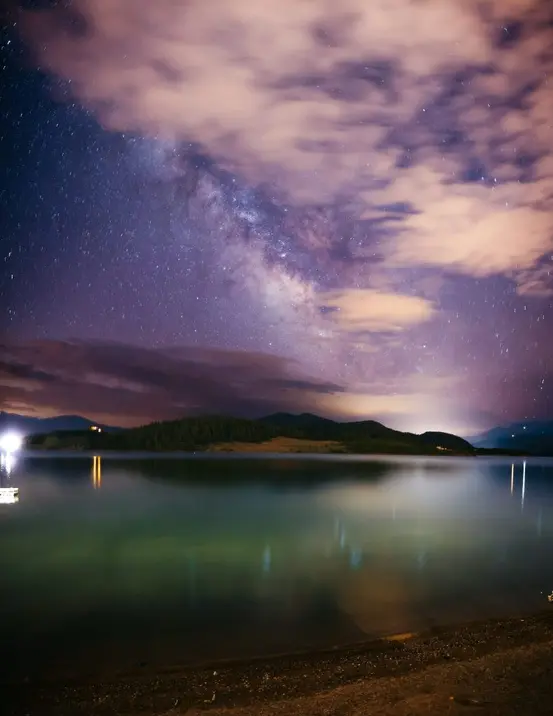
Perseids light up Colorado skies
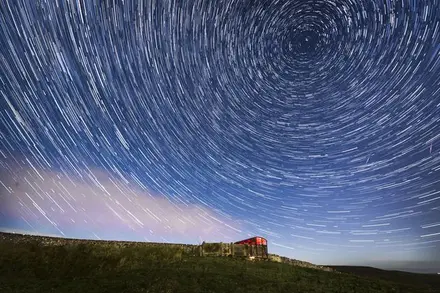
Perseid Meteor Shower Lights NI Sky

Venus and Jupiter align during Perseid meteor shower
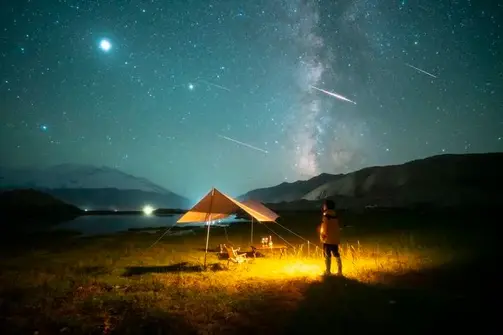
Perseid Meteor Shower Weekend Viewing
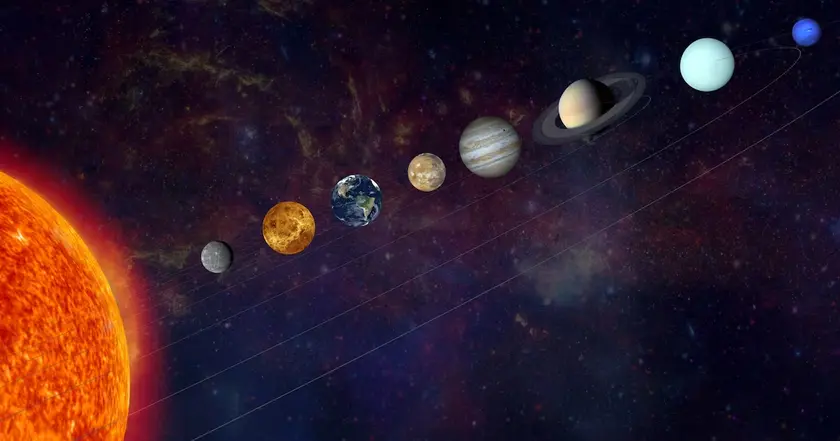
Space events light Miami Valley sky
